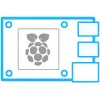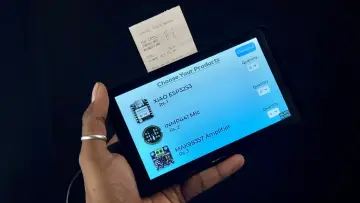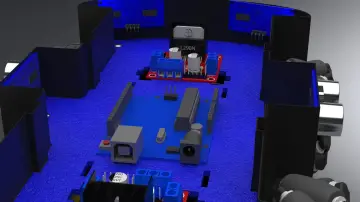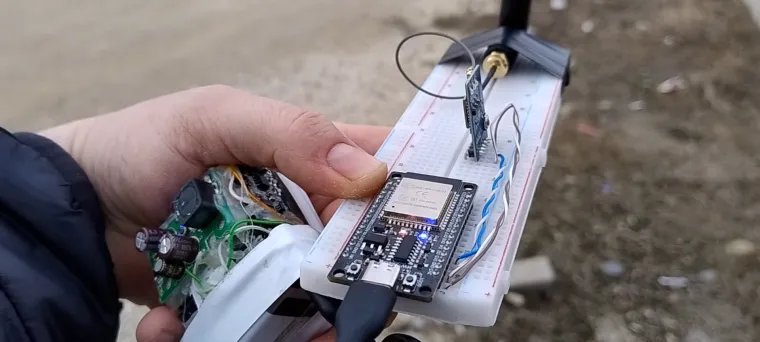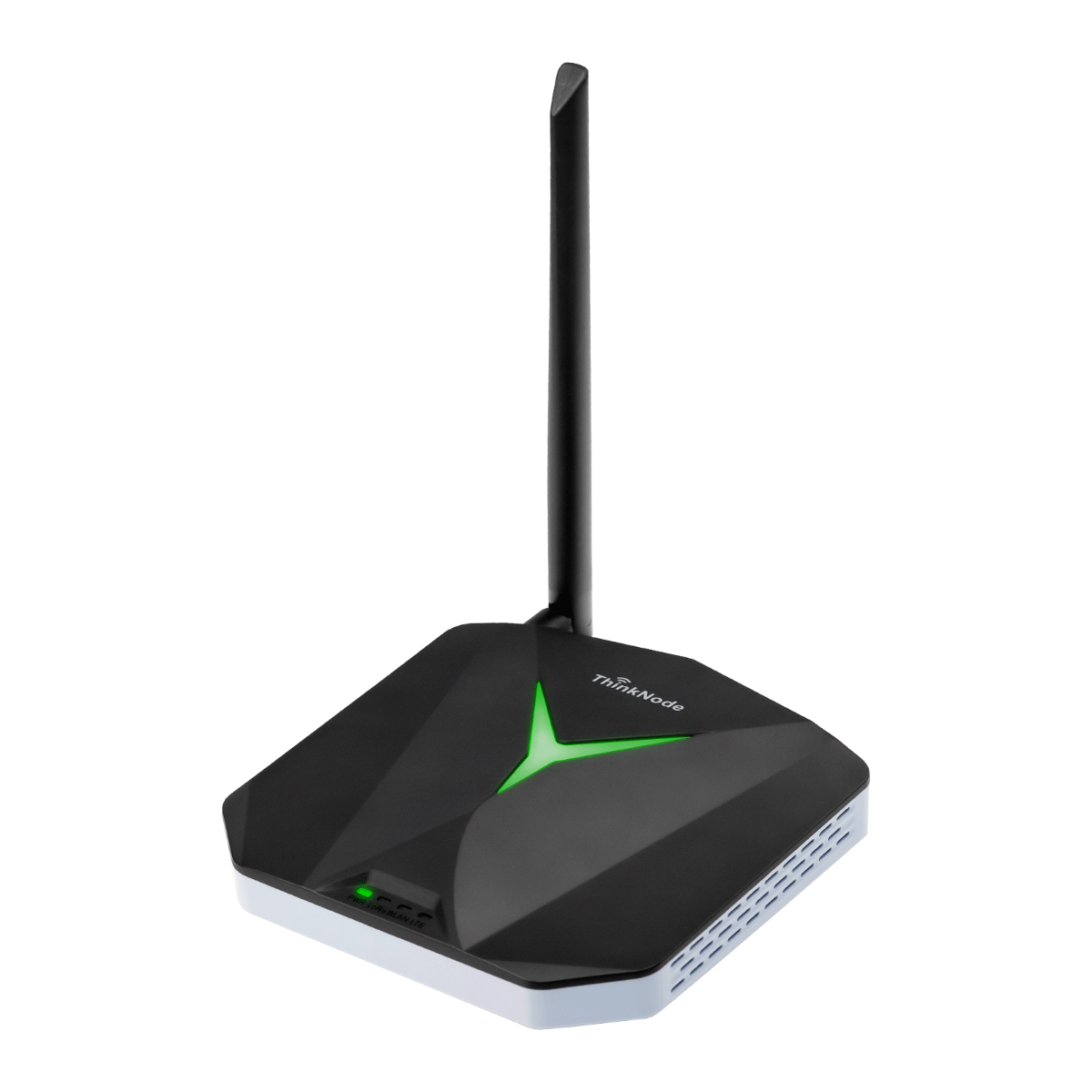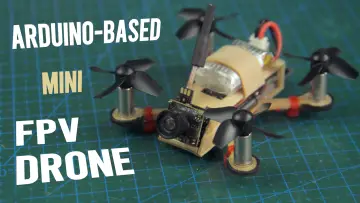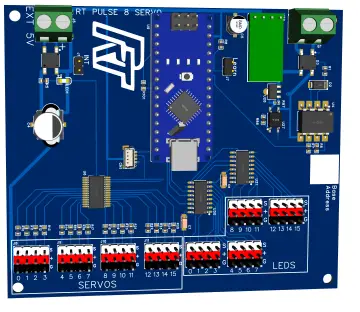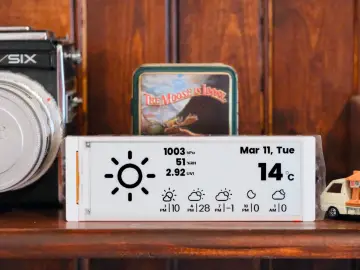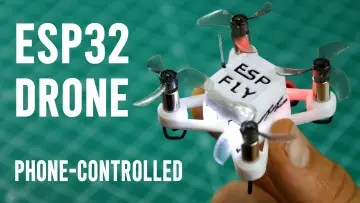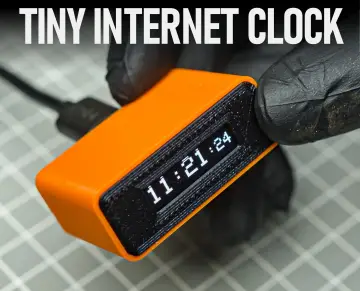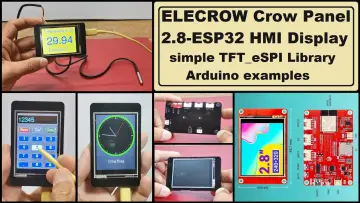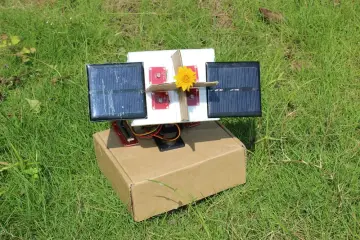Story
I recently tested the ThinkNode G1 LoRaWAN gateway, a compact yet powerful device designed to enhance LoRaWAN network coverage. Operating on the 868 MHz frequency band, it’s perfect for European locations. Here’s a quick overview of my experience:
Unboxing and Setup:
The gateway arrived well-packaged with a 12V power adapter, antenna, and user manual. After connecting the antenna (a must to avoid damage), I powered it on. A standout feature is the 4G backup option, allowing internet connectivity via a nano SIM card—ideal for remote areas.
Specifications:
Powered by the SX1302 chip, the gateway supports 8 channels and full LoRaWAN functionality. It includes 128MB of RAM, 32MB of ROM, OpenVPN support, and listen-before-talk (LBT) for European compliance. Note: It doesn’t have a built-in network server, so you’ll need to connect it to an external server like TTN.
Configuration:
Using the gateway’s web interface, I configured it to connect to The Things Network (TTN). The setup was straightforward: connect to the gateway’s Wi-Fi, log in via the default IP, and adjust settings like frequency (868 MHz for Europe) and internet connection.
Testing:
I mounted the gateway in my attic for optimal coverage and tested its range using an ESP32-based LoRaWAN device. Indoors, it worked flawlessly, and in open areas, it maintained a strong connection up to 8 kilometers. Performance dropped in dense urban areas due to obstacles, but overall, it delivered impressive results.
The Arduino code for the testing device is available on my website.
Conclusion:
The ThinkNode G1 is a solid choice for building a robust LoRaWAN network. I’ve made my gateway available on TTN for community use—feel free to reach out if you’re nearby and want to collaborate! If you’re inspired to start your own LoRaWAN project, let me know in the comments. Thanks for reading, and stay tuned for more projects!





